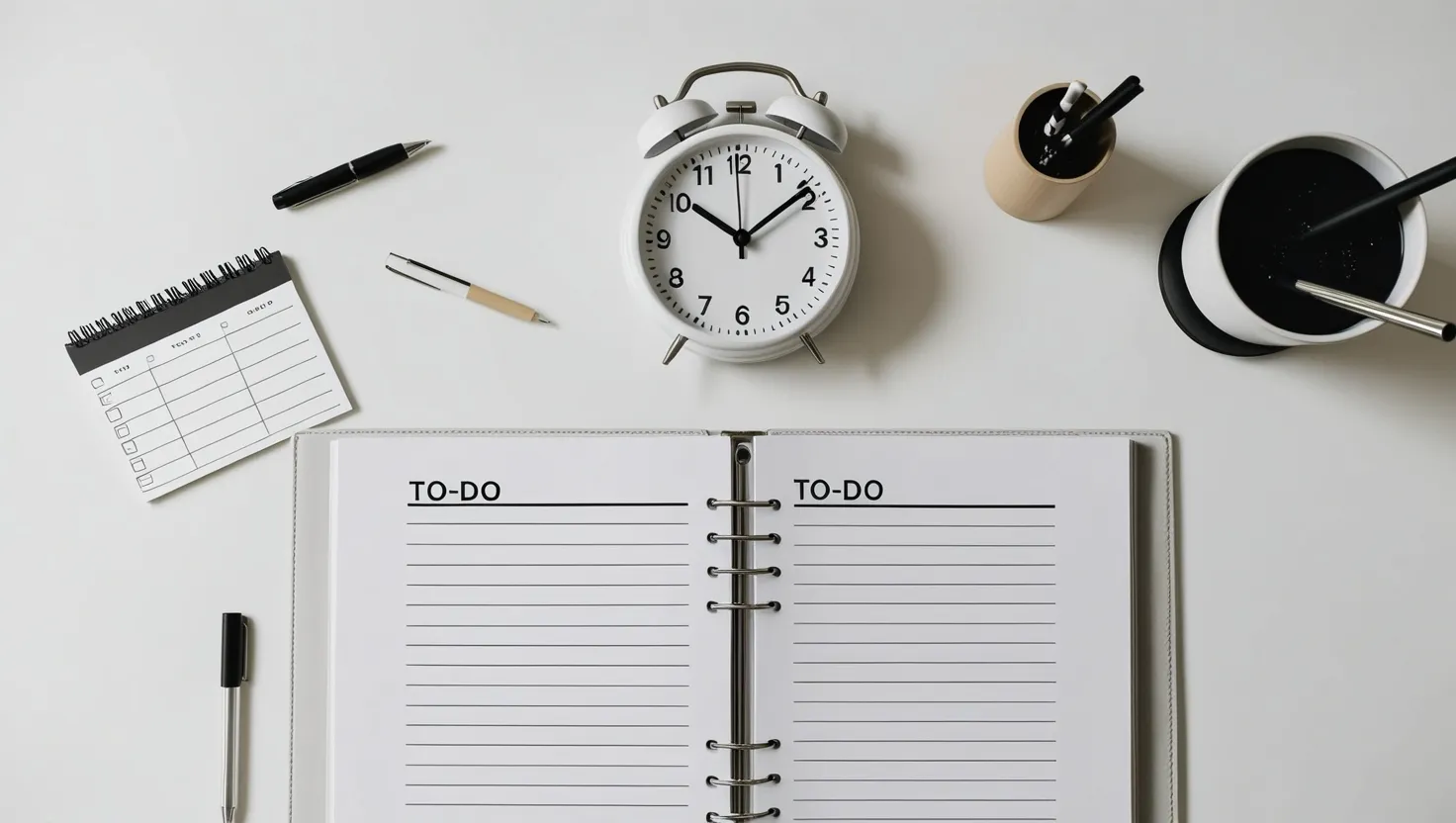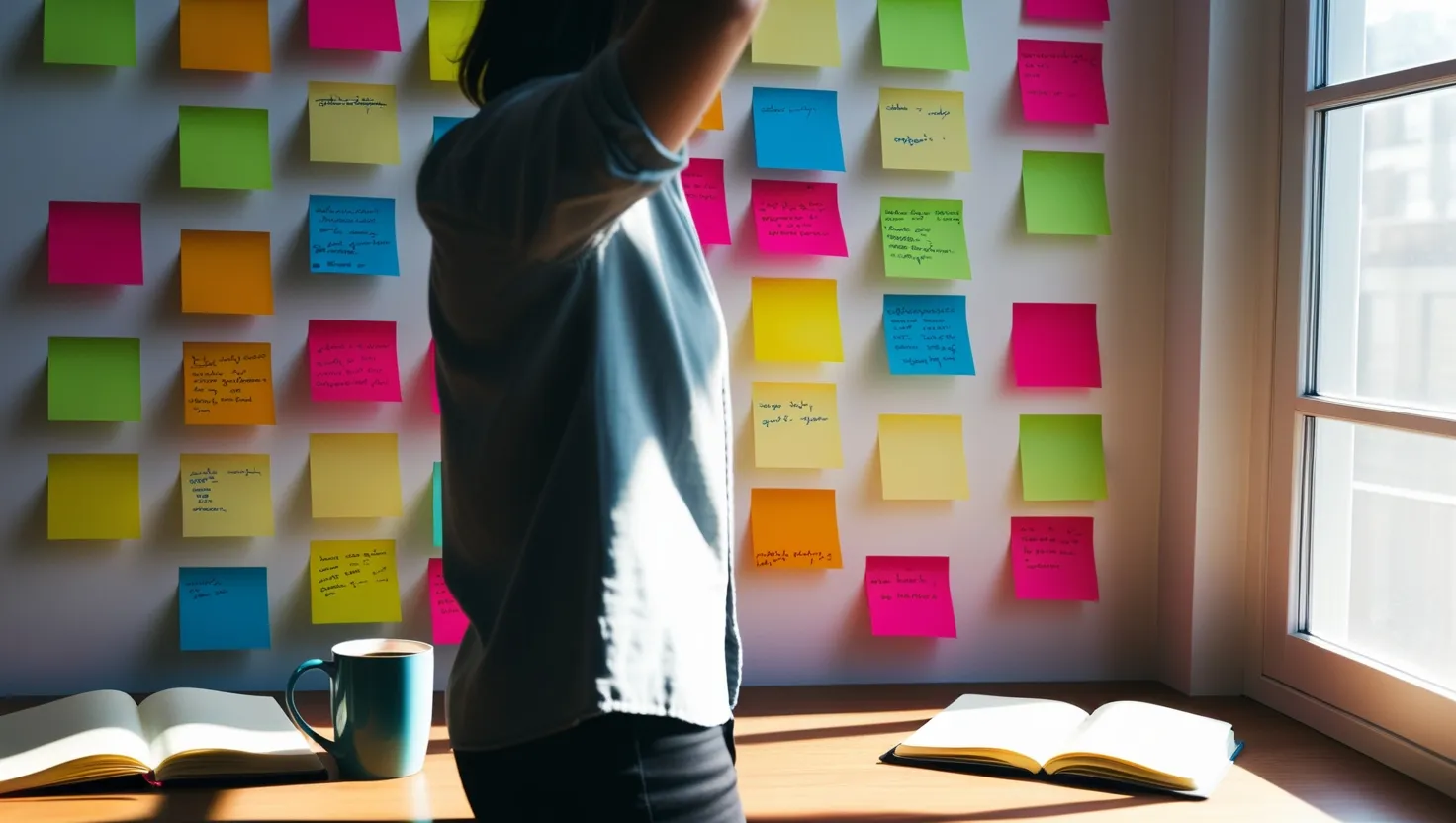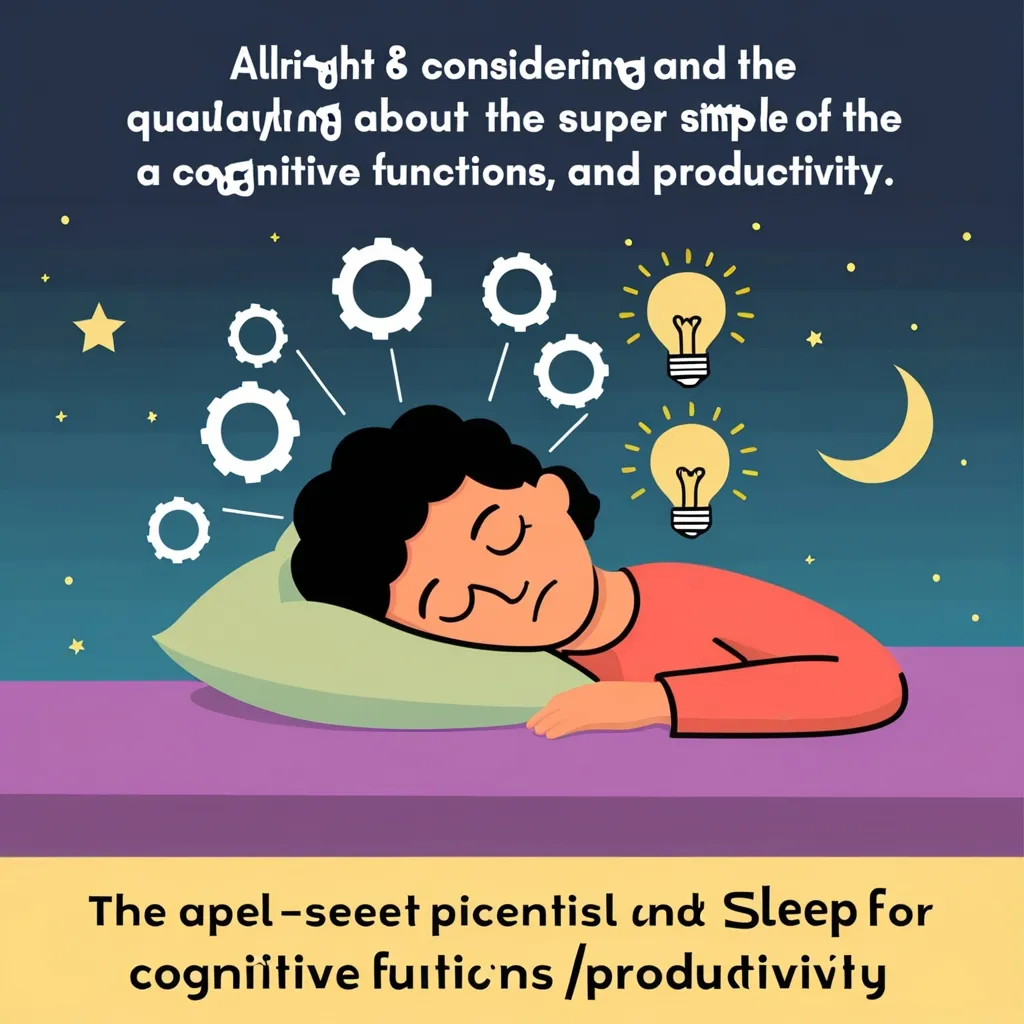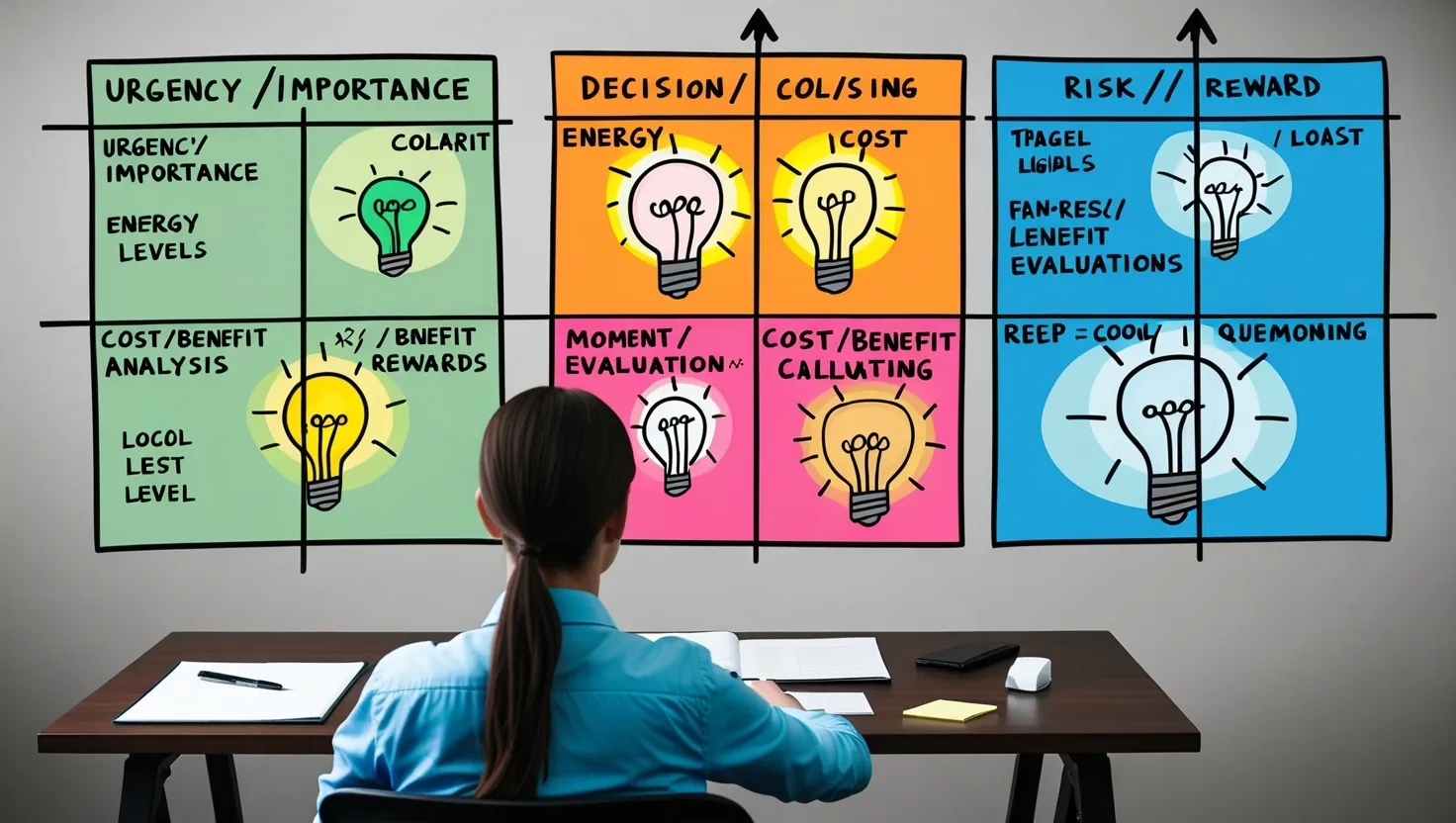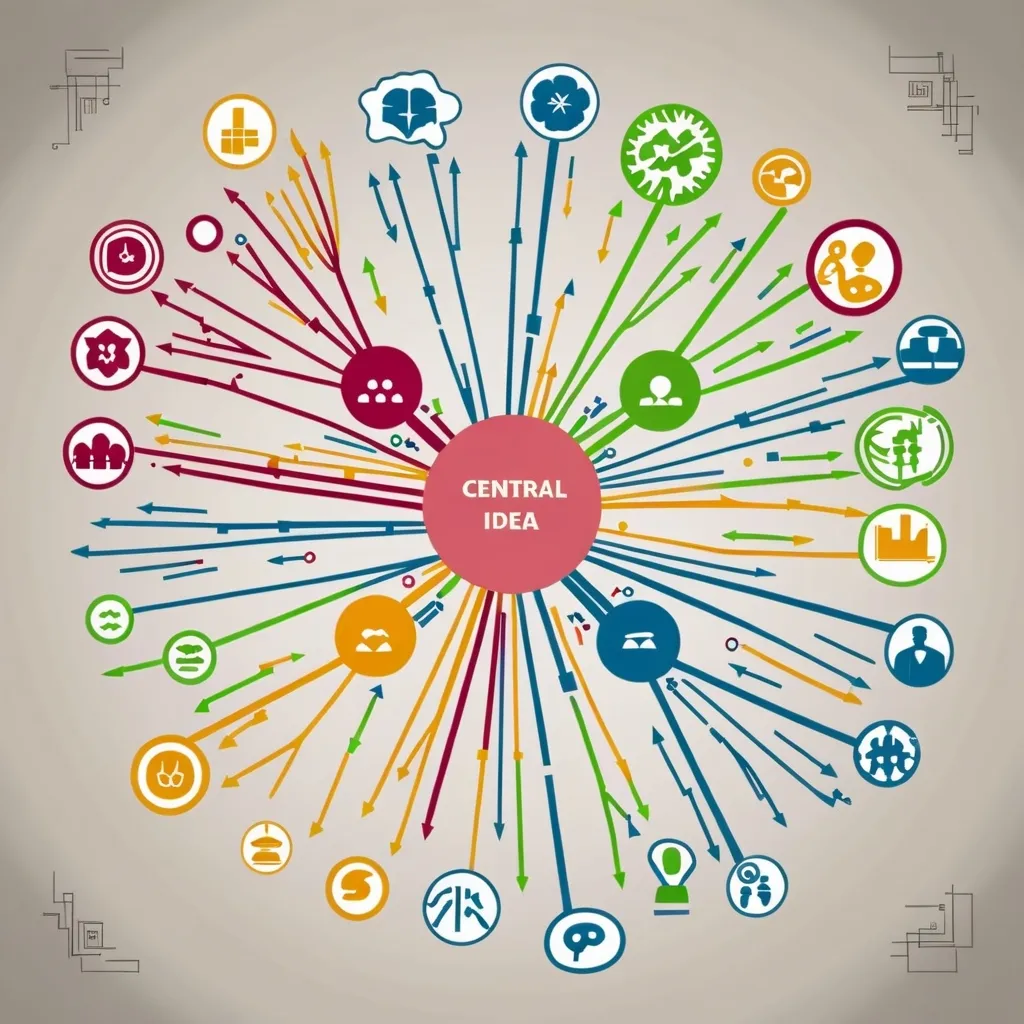In the hustle and bustle of modern life, managing multiple tasks at once can often feel like a daunting task. However, what if you could transform this chaotic juggling act into a harmonious symphony of productivity and presence? This is where the concept of mindful multitasking comes into play.
Understanding Mindful Multitasking
Traditional multitasking often leads to burnout and fractured attention. It’s the constant switching between tasks that can make our brains feel like they’re in a perpetual state of cognitive overload. However, mindful multitasking is different. It’s about being fully engaged and present in each task you’re working on, while maintaining an awareness of the other tasks at hand.
Imagine you’re cooking dinner while listening to an inspirational podcast. In traditional multitasking, you might find yourself distracted, missing key points from the podcast or burning the food. But with mindful multitasking, you’re intentionally pairing these activities to engage different parts of your brain synergistically. You’re fully present in the act of cooking, yet you’re also absorbing the insights from the podcast.
The Science Behind It
Our brains are not naturally designed to multitask. When we switch between tasks, our brains need time to refocus, which can decrease efficiency. However, mindful multitasking minimizes these switching costs by training our brains to become more efficient at task-switching. This involves consciously setting our intentions and priorities, so we can allocate our attention to the most important tasks at any given moment.
For instance, if you’re working on a creative project and simultaneously taking care of household chores, you can prioritize tasks based on their urgency and importance. By doing so, you ensure that each task receives the deliberate attention and effort it deserves, without feeling overwhelmed.
Techniques for Mindful Multitasking
One of the key techniques in mindful multitasking is prioritization. It’s not just about making a to-do list; it’s about understanding the value and urgency of each task. By taking a moment to assess the importance and urgency of multiple tasks, you can effectively allocate your time and energy.
For example, if you’re a project manager overseeing multiple projects, you can allocate dedicated time slots for each project. This ensures that you maintain a focused and attentive approach while ensuring timely progression in each domain. During these time slots, you practice conscious breathing exercises or intentional task-switching to keep your mind engaged and present.
The Role of Focus and Intention
Focus plays a crucial role in mindful multitasking. Being able to concentrate on one task without distractions allows you to complete it efficiently and effectively. When you’re fully present and engaged in each task, you’re less likely to feel overwhelmed or stressed. This can lead to increased job satisfaction and a greater sense of accomplishment.
Consider the example of a parent managing various household chores while taking care of children. By applying mindful multitasking, the parent can consciously allocate time for each task, ensuring that each activity receives focused attention. This might involve pairing a mundane chore like laundry with a more engaging activity like listening to a podcast or an audiobook.
Cognitive Benefits
Mindful multitasking has several cognitive benefits. It enhances our ability to focus and be present in all areas of our lives. By practicing mindful multitasking, we train our brains to be more efficient and effective. We learn to prioritize tasks, allocate our energy wisely, and avoid getting overwhelmed by never-ending to-do lists.
Research has shown that practices like chanting, which involve focused attention and mindfulness, can improve cognitive function. Chanting can act as a form of mindfulness training, enhancing our ability to sustain focus in the present moment and switch attention back to the point of focus when mind wandering occurs.
Executive Functions and Mindful Multitasking
Executive functions, such as inhibition, working memory, and cognitive flexibility, are crucial for mindful multitasking. Inhibition involves controlling one’s attention, behavior, thoughts, and/or emotions to override strong internal predispositions or external lures. This allows us to change and choose how we react and behave, rather than being controlled by habits or environmental stimuli.
For instance, when you’re working on a complex project and simultaneously handling emails, you need to inhibit the urge to constantly check your inbox. By doing so, you can maintain selective attention on the task at hand, ensuring that you complete it efficiently.
Long-Term Benefits
Consistently practicing mindful multitasking can lead to significant long-term benefits. It improves our productivity, enhances our work-life balance, and reduces stress. By being fully present and engaged in each task, we can accomplish more in less time and fully immerse ourselves in each activity, giving it the attention it deserves.
Imagine a scenario where you’re brainstorming ideas for a creative project while taking a mindful walk. This combination allows you to engage your creative thinking while also being physically active, leading to a more balanced and fulfilling day.
Creating a Conducive Environment
To make mindful multitasking a sustainable habit, it’s important to create a conducive environment. This could mean decluttering your workspace, minimizing distractions, or incorporating mindfulness practices such as deep breathing or meditation into your daily routine.
For example, if you’re working from home, you might set up a dedicated workspace that is free from distractions. You could also use tools like noise-cancelling headphones or apps that help you stay focused.
Personal Touches and Examples
In my own experience, mindful multitasking has been a game-changer. When I’m working on a writing project, I often pair it with listening to classical music or nature sounds. This helps me stay focused and engaged, while the music or sounds provide a soothing background that enhances my creativity.
Another example is when I’m doing household chores. Instead of seeing them as mundane tasks, I pair them with activities that I enjoy, such as listening to a podcast or an audiobook. This makes the chores more enjoyable and allows me to stay present and engaged.
Balancing Mindfulness and Multitasking
While mindfulness can enhance multitasking, it’s important to find a balance. Overcommitting to mindful multitasking, especially during tasks that require full attention and deep concentration, can be counterproductive.
For instance, if you’re working on a critical project that requires intense focus, it might be better to dedicate a block of time solely to that task without any other distractions. However, for tasks that are less demanding, mindful multitasking can be a powerful tool to increase productivity and reduce stress.
Mindful Multitasking in Various Settings
Mindful multitasking is not limited to any particular profession or setting. It can benefit professionals in high-cognitive-engagement roles, such as project management, creative fields, and educational settings. In these environments, managing multiple tasks with focused attention is crucial.
For example, a teacher might use mindful multitasking to manage classroom activities while also providing individual attention to students. By being fully present and engaged, the teacher can ensure that each student receives the necessary support without feeling overwhelmed.
Conclusion
Mindful multitasking is more than just a productivity hack; it’s a way of life. It transforms the chaos of multitasking into a serene concert of productivity and presence. By selecting activities that complement each other, prioritizing tasks based on their significance, and maintaining a non-judgmental focus on the present moment, you can achieve a higher level of productivity and well-being.
In the end, it’s not just about getting things done; it’s about fully engaging with each moment, allowing intention to guide action. So, the next time you find yourself juggling multiple tasks, try the mindful approach. You might just find that the chaos of multitasking turns into a beautiful symphony of focus and flow.

